Key components of business process automation include:
- Automating sequential tasks and processes, such as routine activities, approvals, and data handling, in a predefined order to achieve a specific business outcome.
- Connecting and integrating data from various systems and sources to ensure seamless flow of information across different departments and functions.
- Implementing business rules and logic into automated systems to make decisions without constant human intervention.
- Automating the creation, storage, retrieval, and processing of documents, reducing the need for manual document handling.
- Automating specific tasks or activities, such as data entry, data validation, and report generation, to save time and reduce errors.
- Implementing automated notifications and alerts to keep stakeholders informed about the status of processes and important events.
- Ensuring the automated processes seamlessly integrate with existing software and systems within the organisation.
The success of BPA implementations is not just about technology but also the approach and commitment of the service provider. In TUATARA, we emphasise the importance of a collaborative and flexible approach, an open attitude toward technology, and a conscious evaluation of solution costs versus business benefits. The commitment to understanding client needs and the continuous support from a dedicated team contribute to the success of our BPA initiatives.
Main benefits of business process automation
Business process automation has become a cornerstone for organisations seeking to enhance efficiency, reduce manual intervention, and boost overall productivity. Automation empowers employees to redirect their efforts towards more strategic and creative aspects of their work. This shift in focus optimises resource allocation, ensuring that valuable human potential is harnessed for tasks that require critical thinking and innovation.
Automation streamlines the execution of tasks, significantly reducing the time and effort required to complete processes. The result is faster, more efficient business operations that can adapt to the organisation’s dynamic needs.
In one of our cases, implementing BPA resulted in an astounding 98% reduction, slashing the waiting period from 7 days to a mere 3 hours. This rapid response not only enhances customer satisfaction but also fosters increased engagement.
For another one of our clients, BPA has been used for immediate document generation. Complete documents, sourced from internal systems, are now generated instantaneously, reducing delays and enhancing overall operational efficiency. 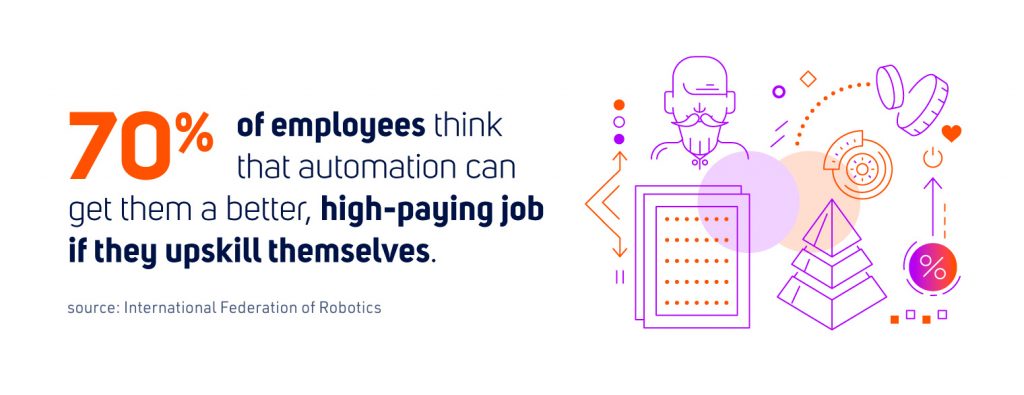
Organisations can curtail labour costs and minimise errors by automating routine and repetitive tasks. This results in substantial cost savings, allowing resources to be redirected to more strategic initiatives.
One financial institution experienced significant year-on-year growth by implementing cognitive solutions in sales and operations. BPA optimises existing processes and contributes to revenue generation and profitability. It also eliminates the risk of human errors associated with manual data entry and processing, ensuring more accurate and reliable outcomes.
The implementation of BPA has led to a remarkable boost in productivity. The same team is now able to accomplish 46% more processes thanks to the automation of routine tasks. This allows employees to focus on high-value tasks, maximising workforce productivity.
BPA ensures that every communication with clients is recorded, creating auditable records. This comprehensive recording provides transparency and accountability. Our solutions offer a 360-degree customer view, allowing access to customer information from any event in the system. This enhances decision-making and customer relationship management.
In another one of our cases, BPA efficiently handled 80,000 client cases and associated documents on a large scale in the insurance industry. This scalability was crucial for accommodating business growth and increasing workloads.
Finally, BPA allows organisations to enforce consistent processes, reducing the risk of non-compliance with regulations and industry standards. Automated processes consistently meet or exceed the assumed Service Level Agreement (SLA) levels, ensuring timely and reliable service delivery. BPA has standardised customer correspondence, making it more readable, understandable, and compliant with marketing department policies and legal requirements.
Process design and implementation
Process design and implementation constitute a methodical approach to crafting, refining, and deploying automated workflows to streamline processes. Business process automation harnesses advanced technologies to automate repetitive and manual tasks, diminishing human intervention and bolstering operational efficiency. 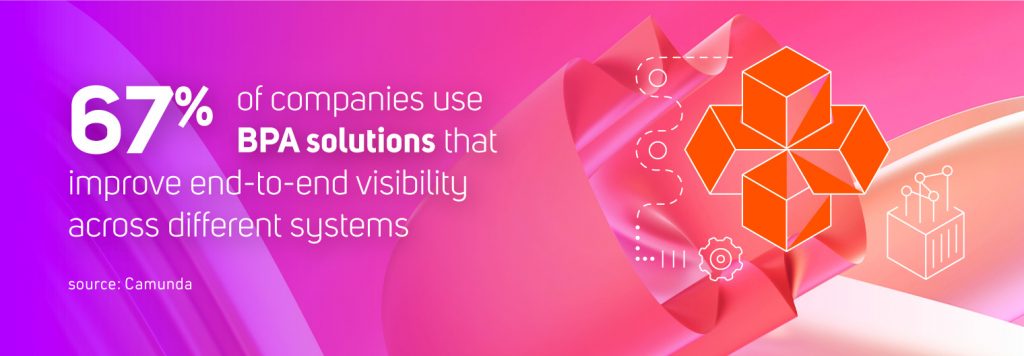
Process design entails developing a comprehensive plan or blueprint for automating a specific business process. This includes identifying tasks, decision points, input requirements, and the overall flow of activities slated for automation.
The process design stage consists of:
- Defining goals by clearly articulating the objectives of automating the process, understanding the desired outcomes, and identifying the issues that automation seeks to address.
- Mapping the workflow that necessitates breaking down the manual or semi-automated process into individual steps, often visualised through flowcharts to illustrate task sequences and dependencies.
- Understanding data and integration requirements that involves identifying the necessary inputs and outputs for each automated task and determining how the process integrates with existing systems and databases.
- Handling the exceptions that anticipates potential errors in the process, designing decision points and rules for effective process management.
- Defining user roles in the automated process, discerning where human intervention is needed, and designing user interfaces.
Process implementation marks the execution phase, where the designed automated workflows come to life. This involves configuring automation tools, integrating with software systems, and ensuring the seamless operation of the automated process.
Key steps in the process implementation phase include configuring automation tools and platforms and defining workflow rules, triggers, and conditions. Integrating with systems requires connecting with relevant software systems and databases to ensure a smooth data flow. If user interactions are part of the automated process, user training is imperative to instruct users on how to interact with the system and clarify their roles.
Testing and quality assurance involve comprehensive assessments of the automated workflow, including user acceptance testing, to identify and rectify any bugs or inefficiencies. Deployment entails rolling out the automated process to the production environment and monitoring the initial stages of implementation for unexpected issues.
Finally, monitoring and optimization involve implementing mechanisms to track the performance of the automated process and continuously refining it based on feedback and key performance indicators (KPIs).
At TUATARA, we recognize that process design and implementation are pivotal phases requiring meticulous planning, visualisation, and execution. A well-designed and effectively implemented BPA solution can substantially enhance efficiency, accuracy, and overall business performance, as in one of the below examples:
- A fully automated digital leasing process by Santander Consumer Multirent
- IBM watsonx Assistant – an AI-powered engine for building conversational virtual agents
- Actionbot and ChatGPT – the smartest AI chatbot even more human-like
Document management
Document management encompasses the systematic organisation, storage, retrieval, and tracking of documents within automated workflows. Effective document management is an indispensable component at the core of BPA’s objectives to streamline and optimise business processes. 
Document management unfolds through several key functions:
- Document capture, which involves collecting and converting physical or digital documents into an electronic format suitable for processing and storage. In the initial stages of a business process, pertinent documents, such as invoices, contracts, or forms, must be captured and made available for automation.
- Indexing, which assigns metadata or tags to documents, facilitating their easy retrieval and organisation. Classification involves categorising documents based on content or type. Proper indexing and classification enable BPA systems to comprehend and process documents effectively, particularly in automated decision-making and routing scenarios.
- Storage, which entails securely storing electronic documents in a centralised repository, and retrieval, which is the process of locating and accessing stored documents when needed. Quick access to necessary information is paramount for efficient automated workflows, and effective storage and retrieval mechanisms help minimise delays.
- Workflow integration which seamlessly links documents to specific steps or tasks within an automated workflow. This integration ensures that the right documents are available at the right time, facilitating the automation of document-centric tasks and decision points.
- Maintaining version control which is essential to ensure the accuracy and currency of documents, preventing errors arising from outdated information. In dynamic business processes, documents may undergo changes, and version control in document management guarantees that BPA systems operate with the latest versions, ensuring accuracy and compliance.
- Security safeguards that protect documents from unauthorised access, alteration, or loss. Also, privacy-compliance that ensures adherence to relevant regulations and standards. This becomes especially crucial when handling sensitive information, aligning automated processes with legal and regulatory requirements.
- Collaboration features that enable multiple users to work on or review documents simultaneously, while approval workflows streamline the process of obtaining necessary approvals..
- Audit trails that provide a comprehensive record of document-related activities, enhancing accountability and transparency.
In TUATARA, we know that the effective management of documents is integral to the success of business process automation. Well-integrated and efficient document management ensures that BPA systems operate seamlessly, resulting in streamlined processes, heightened accuracy, and enhanced overall productivity.
You can read more about one of our use cases in document management. Below are a few of our in-depth case studies:
- Flexible document processing in financial institutions
- Intelligent processing of transportation documents and queries
- SensID Catalog
API management
Effective application programming interface (API) management is pivotal for establishing efficient, interconnected systems that foster seamless communication and data exchange across various applications and services. The orchestration of API management involves their design, deployment, and maintenance.
API management streamlines the integration of disparate systems and applications by offering a standardised communication avenue. In the complex landscape of BPA, where multiple processes and tools necessitate synchronisation, APIs enable different components to exchange data and trigger actions, amplifying the efficiency of automated workflows. Also, they establish standards and protocols for data exchange, ensuring consistency and compatibility across integrated systems. 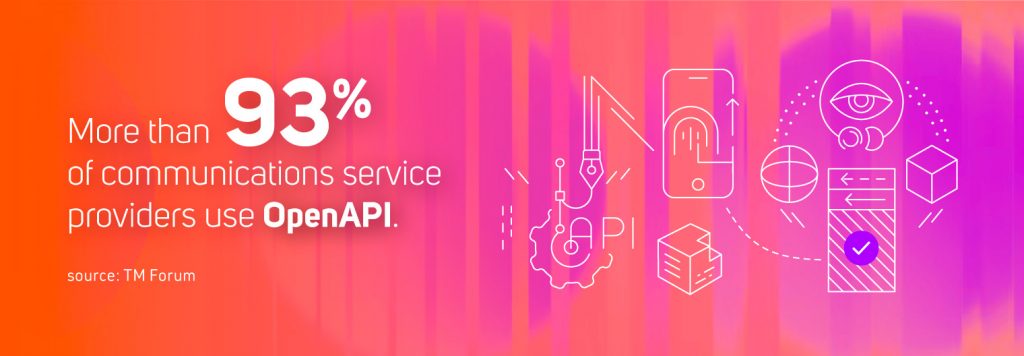
Moreover, API management facilitates the seamless flow of data between applications and services by defining the structure and format of exchanged data. API management platforms often include monitoring and analytics tools to track API performance and usage. Monitoring API performance provides insights into the interaction of different components within BPA systems, while analytics aids in identifying bottlenecks, optimising resource usage, and enhancing overall system efficiency.
These platforms incorporate features for handling errors gracefully and building resilience into API-driven processes. Automated workflows may encounter errors or communication disruptions, and API management aids in designing processes that can gracefully handle such situations, ensuring robustness and reliability.
Finally, API management facilitates the scalability of BPA systems by providing mechanisms to handle increased data volume and user load. As business processes grow, APIs may experience heightened demand, and API management supports scalability through optimised resource usage, load balancing, and the implementation of caching strategies. It also encompasses governance features ensuring adherence to organisational policies, standards, and regulatory requirements. Given the involvement of sensitive data and compliance requirements in BPA, API governance aligns with organisational standards, security protocols, and legal regulations.
In TUATARA, API management is an integral part of business process automation, enabling the seamless integration of systems, promoting consistency, ensuring security, and facilitating the efficient flow of data between different components of automated workflows. Here you can read about solutions that accelerate API economy.
Development and maintenance of integration services
The development and maintenance of integration services act as the backbone for fostering seamless communication and collaboration among diverse systems, applications, and processes.
In the development phase, the main attention is directed towards defining integration objectives, selecting appropriate architecture patterns, and aligning with the requisite technology stack. Crafting well-designed APIs, implementing event-driven architectures, and establishing data mapping rules become imperative for ensuring consistency and compatibility. 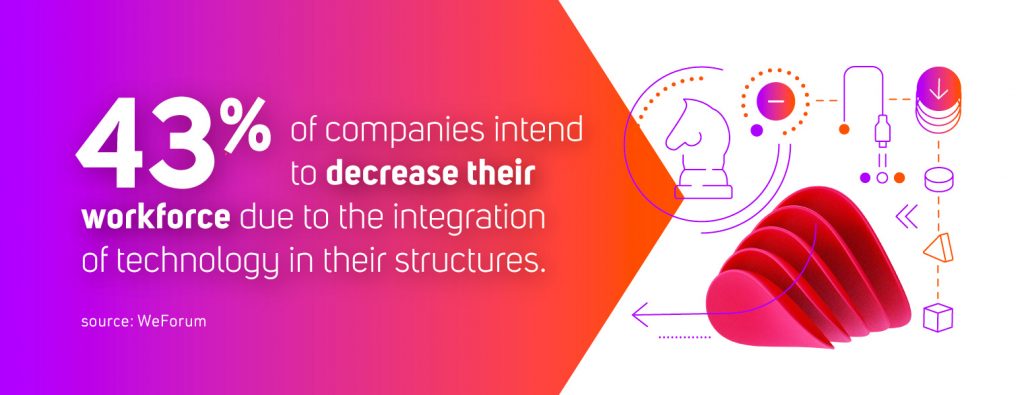
Security considerations, comprehensive testing, and thorough documentation further strengthen the developmental framework, while scalability and performance optimization are approached with the foresight to handle evolving data volumes and user loads.
During the maintenance phase, a sharp approach is adopted by implementing monitoring tools and support mechanisms for issue resolution. Regular updates of security measures, version control for API maintenance, and consistent documentation revisions contribute to the ongoing reliability of integration services.
Continuous optimization and scalability planning are integrated into the maintenance routine, adapting to the evolving landscape of business requirements. Governance checks for compliance, training sessions, and knowledge transfer underpin a culture of continuous improvement, encouraging valuable feedback from users and stakeholders.
By conscientiously prioritising these considerations throughout both developmental and maintenance phases, TUATARA empowers to create and sustain robust integration services essential for ensuring companies a seamless business process automation.
We offer various integrations with external sources, but also within our own products. Here you can get to know more about them.
Workflow automation and optimization
Workflow automation leverages technology to streamline and automate sequential and repetitive steps within a business process, encompassing tasks, data entry, approvals, and communication between systems. It eliminates manual efforts, integrates disparate systems seamlessly, incorporates automated decision-making at predefined points, and triggers notifications or alerts to relevant stakeholders. 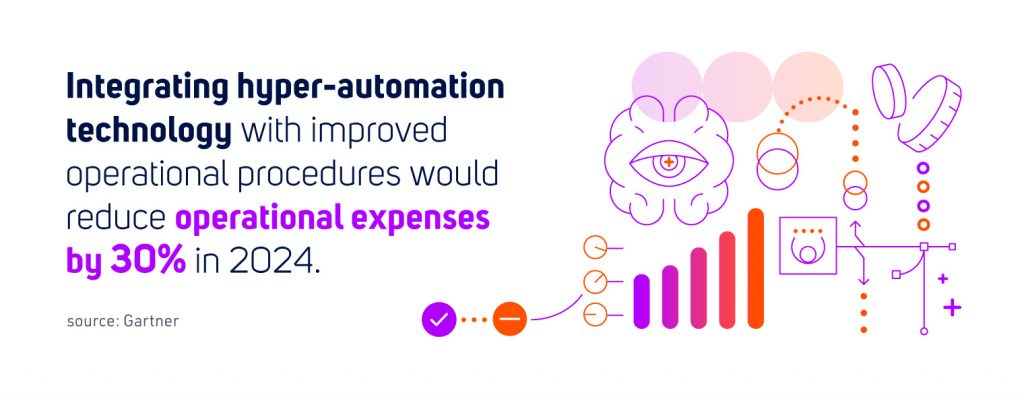
Workflow optimization within BPA extends beyond automation. It focuses on refining and improving the sequence of tasks, activities, and processes. This optimization aims to enhance efficiency, reduce errors, and achieve superior overall performance.
The benefits of combining workflow automation and optimization are:
- Enhanced efficiency thanks to accelerating the completion of tasks with precision.
- Reduced errors, as automation mitigates the risk of human errors associated with manual tasks and data entry.
- Consistency guaranteed in applying business rules and processes.
- Improved visibility into workflow statuses that enhances monitoring and control.
- Scalability to accommodate increased volumes without proportional resource increments.
- Cost savings by reducing manual effort, allowing strategic resource allocation.
- Adaptability of optimised workflows that ensure organisational agility.
- Improved customer experience by streamlining processes and quicker response times.
- Competitive advantage by operating efficiently and responding rapidly to market demands.
In TUATARA, workflow automation and optimization are integral parts of BPA, propelling efficiency, minimising errors, and instilling a culture of continuous improvement within organisations. Embracing these principles enables businesses to elevate their operational capabilities and maintain agility in a dynamic business environment.
SOA architecture design and implementation
Service-oriented architecture (SOA) organises software applications into a collection of loosely coupled, interoperable services, each representing a specific business functionality. These services encapsulate tasks, data processing, or interactions integral to various business process components, fostering adaptability and reusability. 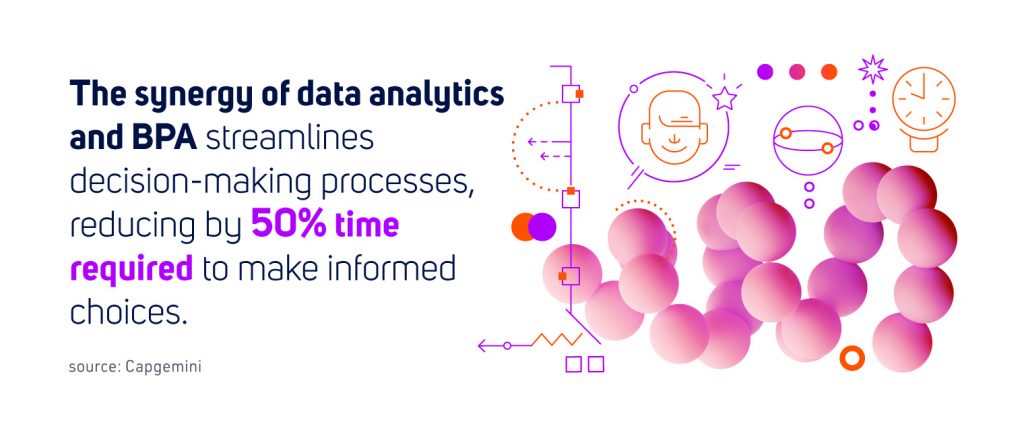
Key components of SOA in business process automation include:
- Identifying and defining services.
- Determining service consumers (applications or components within the BPA ecosystem).
- Implementing a centralised service registry for data storage and discovery.
- Establishing clear, standardised service contracts that dictate inputs, outputs, and behaviours.
SOA brings flexibility in business processes, allowing to add or modify services without disrupting the entire system. Reusability is its cornerstone that enables services to be utilised across multiple business processes, enhancing efficiency while minimising redundancy.
The scalability of BPA solutions is achieved because each service can scale independently based on demand. Interoperability ensures seamless communication and integration among various components of the BPA ecosystem, becoming a cohesive operational environment.
Adopting SOA architecture design and implementation lays as a foundation for creating flexible, scalable, and interoperable solutions. TUATARA embraced SOA principles, empowering organisations to attain greater agility and efficiency in their BPA initiatives and aligning technological infrastructure with the dynamic demands of modern business processes. Here you can read more details about our SOA implementation.
Taking business process automation to the next level with the help of AI
The integration of AI with business process automation represents a transformative strategy for increasing organisational efficiency, decision-making, and overall performance. The main focus is on repetitive tasks, rule-based structures, and extensive data processing. 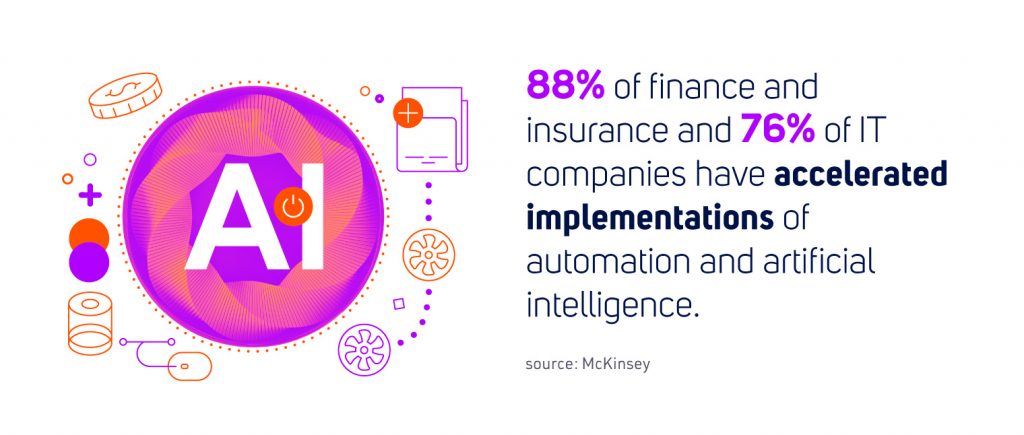
A thorough understanding of AI capabilities, from natural language processing (NLP) and machine learning (ML) to computer vision and predictive analytics, guides the selection of technologies tailored to specific tasks. Ensuring a seamless integration journey involves selecting or developing BPA tools that effortlessly support AI. Then, it fosters smooth communication and data exchange between these interconnected components. AI-driven data extraction and processing, facilitated by technologies like Optical Character Recognition (OCR), streamlines retrieval of information from scanned documents and invoices.
The application of predictive analytics, powered by machine learning algorithms, allows organisations to analyse historical data for forecasting future outcomes. This is particularly important in demand forecasting, resource planning, and process optimization. Decision-making within automated processes is augmented by AI integration, using machine learning models to discern data patterns and provide well-informed recommendations.
Natural language processing further contributes to automating communication, deploying chatbots, virtual assistants, and automated email responses to handle routine queries efficiently. Such solutions allow human employees to focus on more complex tasks. A commitment to continuous learning and improvement ensures that AI models adapt over time and are regularly updated with new data to enhance accuracy and relevance.
Security and compliance remain crucial in integrating AI into BPA. Now, data protection and privacy standards are becoming more and more demanding. Encryption and access controls are implemented as necessary safeguards. The performance of AI-integrated BPA processes is monitored and evaluated continuously, informing about adjustments and improvements.
Organisations that recognise the connection between AI and BPA will be able to automate complex processes, streamline complex functions, and unlock new opportunities for innovation and efficiency.





